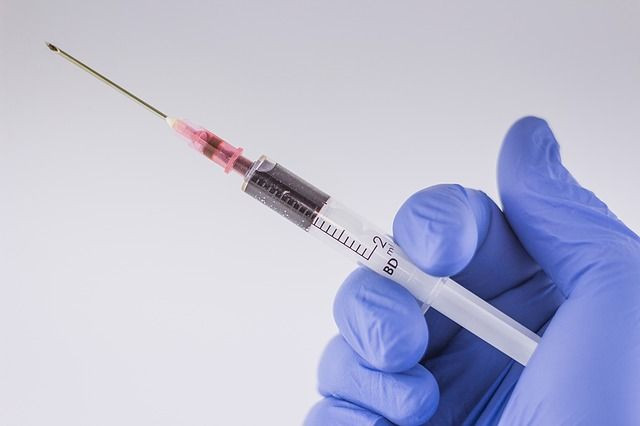HIV 1 Vs. HIV 2: What You Need To Know About Different Virus Strains And Subgroups

Despite our progress in fighting HIV and developing more effective treatments, an estimated 1.2 million people in the U.S. still live with the infection. Small mutations occur each time the virus replicates as it spreads from cell to cell, so there are now many different forms of the virus. Here’s what you need to know about HIV strains.
HIV-1 and HIV-2
Worldwide, HIV-1 is by far the most prevalent form of the virus, and when individuals talk about HIV without mentioning a specific form, this is the strain they are referring to, AVERT.org reported. HIV-2 is less infectious and prevalent than HIV-1, mainly because it has a lower viral load, NAM reported.
HIV-2 is predominantly found in Western Africa and is becoming more popular in India. There are also small isolated cases of HIV-2 being detected in Europe, although in most cases, either the patient or their sexual partner is of Western African origin.
Read: Treatment Successes And Near Misses Of HIV Positive Patients
HIV-2 is more than 55 percent genetically different from HIV-1. It is both less infectious and progresses slower than HIV-1. Although commonly used antiretroviral drugs also work to treat HIV-2, according to AVERT, scientists are still not completely sure of the drugs' effectiveness on this strain.
What’s more, it’s possible to be infected by both strains of the virus. Although people infected with HIV-2 can also acquire HIV-1, it's less likely for individuals with HIV-1 to acquire HIV-2, NAM Aidsmap reported.
HIV Subgroups
In addition to the two distinct HIV viruses, there are also distinct subgroups of HIV-1. Some studies suggest that certain subtypes have a greater risk of transmission or faster disease progression than others.
Most HIV treatments are developed for HIV-1 subtype B, seeing as this is the most prevalent subtype in America, Western Europe, and Australasia (although it makes up only about 12 percent of all worldwide cases). Still, these treatments are also effective in other HIV subtypes. Worldwide, however, HIV-1 subtype C accounts for just under half the cases, and the majority of cases in southern Africa and India.
Read Here
Functional HIV Cure Step Closer To Reality With FDA Approval Of Clinical Human Trials: Read Here
HIV Prevention: This Vaginal Ring May Protect You From The AIDS Virus: Read H
Published by Medicaldaily.com



























